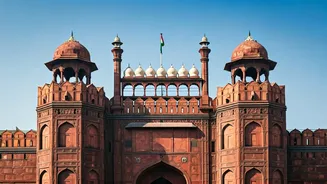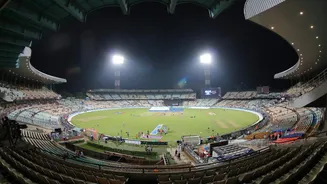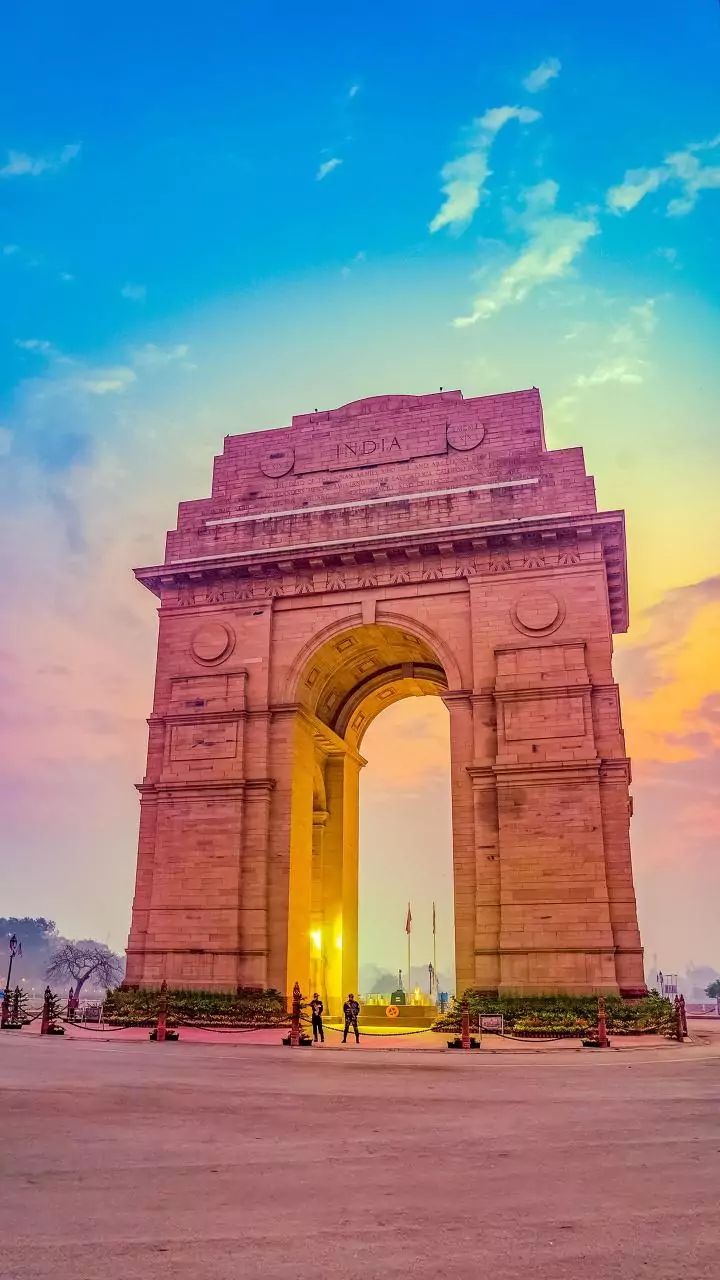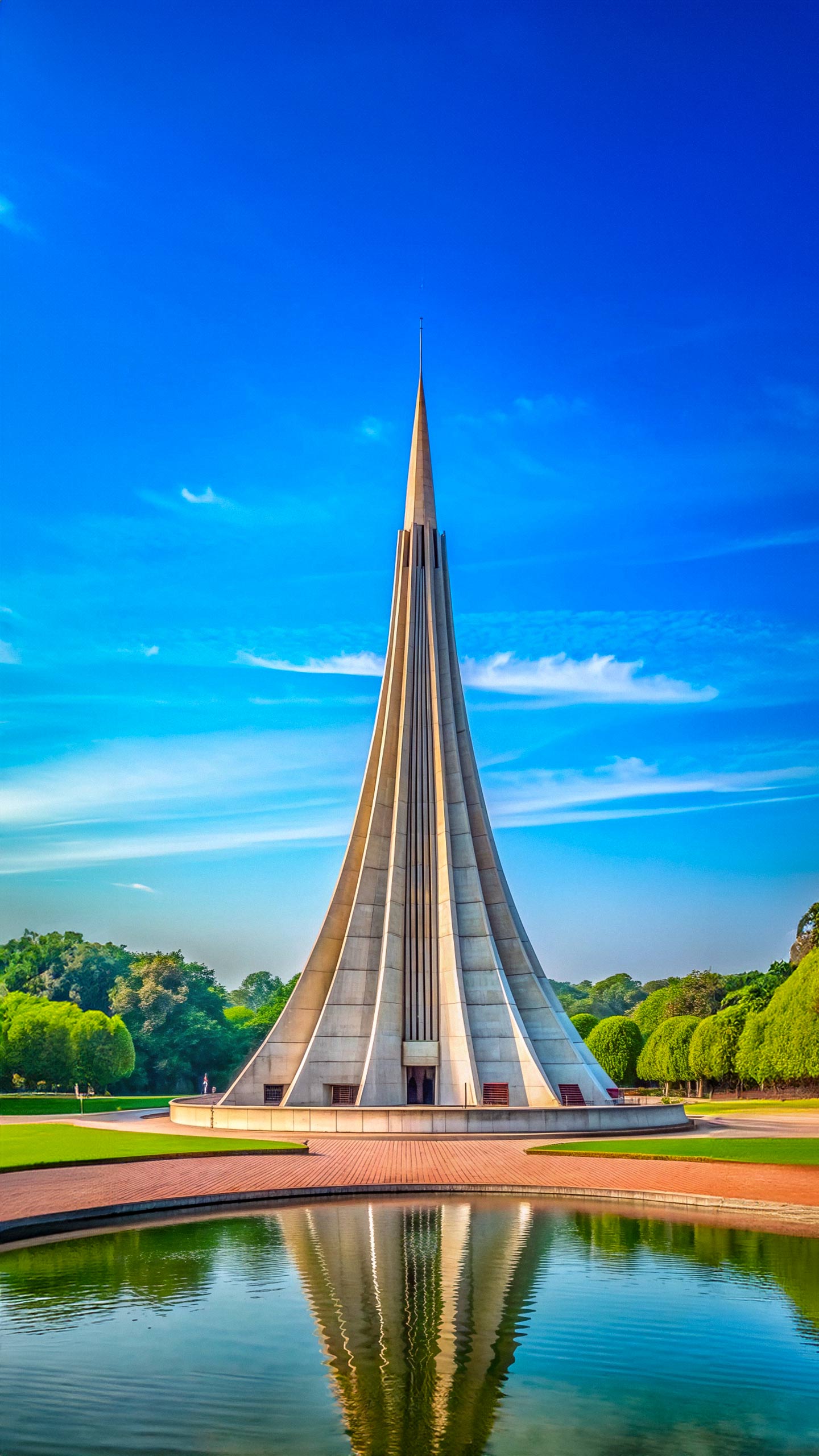Historical Overview
The Red Fort, a UNESCO World Heritage site, stands as a testament to Mughal architecture. Constructed by Emperor Shah Jahan in the 17th century, it served
as the Mughal emperors' residence. Over the centuries, the fort has witnessed pivotal moments in Indian history, including the country's struggle for independence. The Red Fort has been a stage for significant events like the hoisting of the Indian flag on Independence Day. Its historical importance makes it a target, leading to increased security concerns. Several events have tested the fort's security, bringing the spotlight on this landmark.
The 2000 Blast
In December 2000, the Red Fort became the target of a terror attack. Lashkar-e-Taiba terrorists launched an assault, resulting in casualties and raising significant security concerns. The attackers targeted the 17th-century monument, killing several individuals and injuring others. The attack prompted immediate responses from law enforcement agencies, including intensive investigations. This event underscored the vulnerability of historical sites and necessitated an urgent evaluation of security measures. The 2000 incident was a harsh reminder of the threats to cultural heritage sites. As a result, authorities initiated a series of security upgrades and intelligence-gathering efforts.
Security Enhancements
Following the 2000 blast, significant security upgrades were implemented at the Red Fort. These enhancements included increased police presence, the installation of surveillance cameras, and the establishment of dedicated security checkpoints. Perimeter security was tightened to prevent unauthorized access. The Central Industrial Security Force (CISF) plays a crucial role in safeguarding the fort. The security measures also encompassed regular security audits, involving the use of modern technology to detect and neutralize potential threats. These security changes aimed to improve the overall safety of the historic structure, providing protection against further attacks.
Ongoing Vigilance
Even after the security upgrades, vigilance is ongoing to maintain the Red Fort's safety. Law enforcement agencies continue to monitor threats and adjust security measures based on intelligence reports. This constant surveillance seeks to address the evolving security landscape. Regular drills and mock exercises are performed to prepare for any potential attacks. Moreover, there is an ongoing collaboration between various agencies to address security risks and protect the public. The continued effort reflects a commitment to protecting the cultural heritage of India from any potential terrorist threats. The focus remains on proactive measures to ensure the Red Fort remains a secure location for tourists and citizens.













